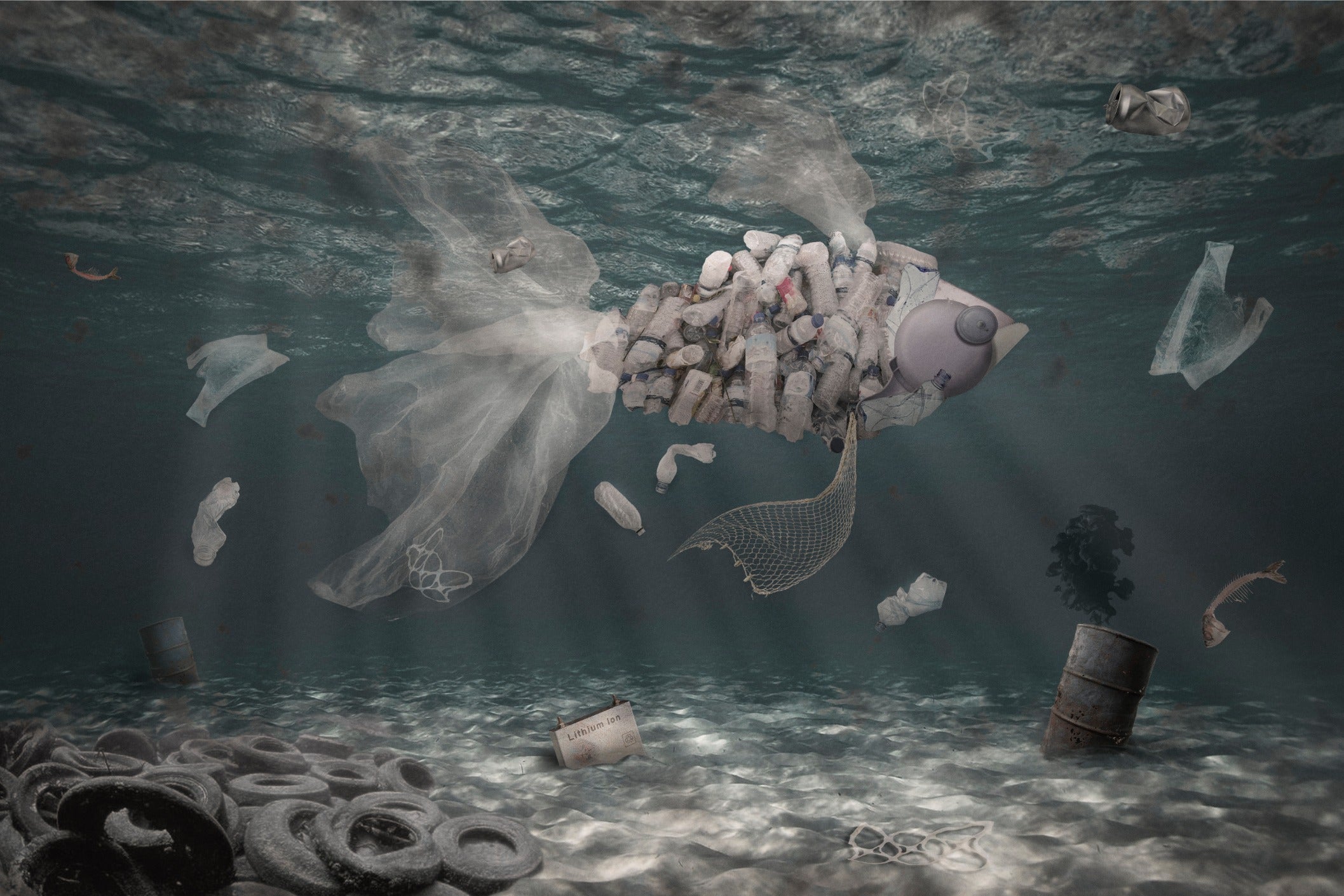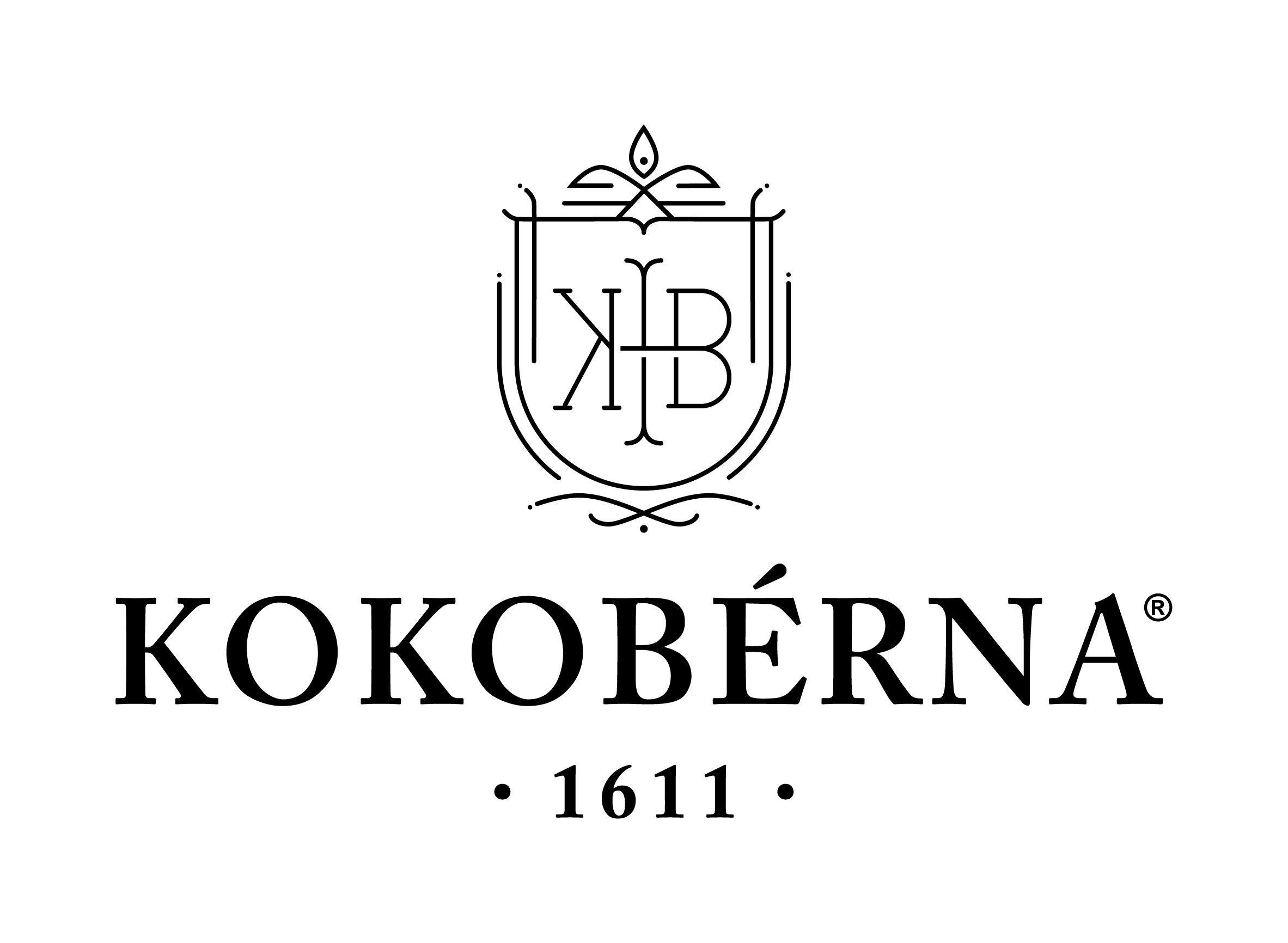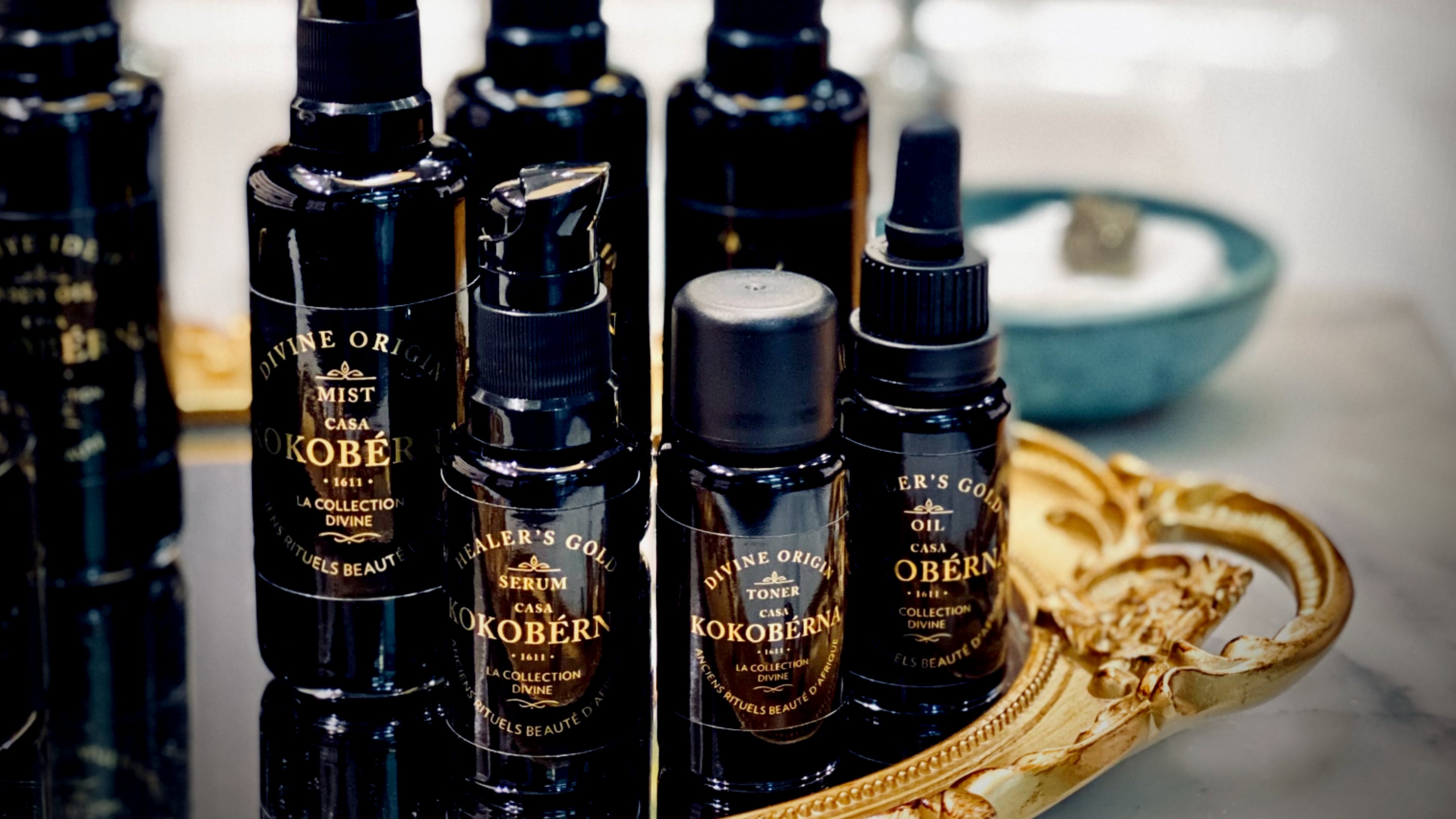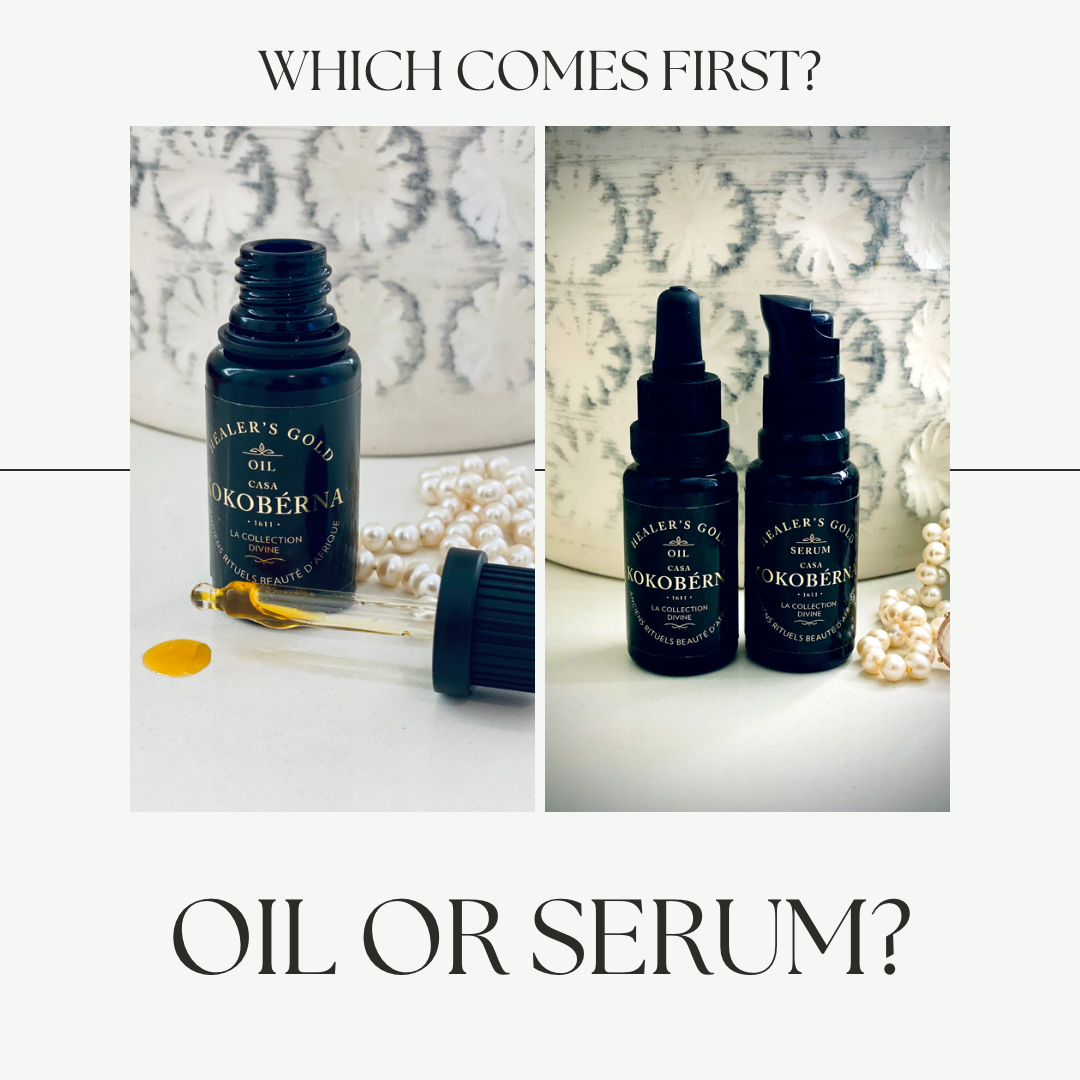
Microplastic Ingredients in Skincare

The issue of microplastics, nano plastics and microbeads (i.e. jojoba beads) in cosmetic, beauty, and personal care products has become a growing concern in recent years. With plastics being ubiquitous in our environment, it can be challenging to avoid them even when trying to live a healthy and sustainable wellness lifestyle. Microplastics are present in the air we breathe, the water we drink, in our bloodstream, and even in fetal tissue possibly causing mutations in DNA. So yes, while we cannot completely avoid plastic, the human health impact for personal care is of key concern because many of these products are used directly on skin, hair, lips, and eyes.
In 2022, the Plastic Soup Foundation conducted a study on the presence of microplastics in more than 7,000 different cosmetic and personal care products in Europe. Results presented in its report “Plastic: The Hidden Beauty Ingredient” showed that 9 out of 10 major brands in the EU still used microplastics and nano plastics in products, accounting for 87% of products on the market under these top brand portfolios.
In the US and worldwide, far too many beauty and personal care companies still use microplastics in product formulations, which is unacceptable given the environmental and human health impacts, says the founder of marine conservation NGO Plastic Soup Foundation.
At KOKOBÉRNA, our results-driven products and spa treatments go hand-in-hand with the highest standards of natural and ethical integrity. We feel it is important to bring awareness and discuss ways to reduce the presence of microplastics in our daily skincare routine. Across all product ranges and categories, microplastics exist, therefore, this article will focus on facial cleansers, a critical first step for healthy, glowing skin.
POPULAR CLEANSERS THAT CONTAIN MICROPLASTICS
When it comes to all cleansers, it is important to be aware of the ingredients and recommend choosing products that do not contain microplastics. As of this writing, Clinique's Take The Day Off™ Cleansing Balm contains polyethylene and PEG-5 glyceryl triisostearate as the 5th and 6th microplastic ingredients which may not have many beneficial long-term effects on the skin. Another example is Clean It Zero Original Cleansing Balm, which claims to be free from polyethylene on their website, but still contains a derivative of microplastics, such as ammonium methacrylate copolymer and other acrylates including methoxy PEG-15 methacrylate copolymer in addition to PEG-20 glyceryl triisostearate, and PEG-10 isostearate. This highlights the importance of educating our customers and patients so that they can carefully examine product claims and ingredient lists to ensure that microplastics are truly absent in the products they are using, if they so choose.
Another case study is the Elemis Pro-Collagen Cleansing Balm which is marketed as clean beauty compared to some of the above-mentioned products, although it still contains some PEGs, such as PEG-6 caprylic/capric glycerides, polyethylene, PEG-8 beeswax, and PEG-60 almond glycerides. It is essential to note that the presence of collagen highlighted as a key ingredient on personal care products does not necessarily mean that it will increase collagen production in the deeper layers of the skin where fibroblasts need to be stimulated in order to produce collagen and elastin. This is why it is important to have a thorough understanding of the ingredients in skincare products and how they truly function, topically or .
Some of the worst culprits in terms of microplastics in cleansers are Cerave’s Makeup Removing Cleansing Balm which contains polyethylene as a 2nd ingredient among many other microplastic variants and Neutrogena Makeup Remover Cleansing Balm which, in addition to microplastic ingredients, contains soybean oil (a potential hormone and endocrine disruptor) for pre-menopausal women.
On the other hand, there are cleansing balms that could be considered better options although not for every skin type. For example, Naturopathic’s Manuka Cleansing Balm is specifically formulated for dry and mature skin that may have difficulty producing its own oils. It contains oils and waxes, as well as sugar-based humectants that draw moisture to the skin, making it a suitable choice for dry, mature skin.
However, it may not be the best option for breakout-prone, sensitive, dry or oily skin, as sugar-based products can potentially increase acne-causing bacteria for certain skin types and those who suffer from autoimmune skin disorders.
MICROPLASTIC INGREDIENTS TO AVOID
In addition to choosing suitable cleansers and other personal care products, it is crucial to be aware of the ingredients to avoid as much as you can. Common microplastic ingredients to look out for in cosmetics and personal care products include:
-
Nylon-12 (polyamide-12)
-
Nylon-6
-
Polyethylene
-
Polyamides
-
Polyacrylate
-
Polypropylene
-
Polystyrenes
-
Polyurethanes
-
Polybutylene terephthalate
-
Polyethylene isoterephthalate
-
Polyethylene terephthalate
-
Polymethyl methylacrylate
-
Polypentaerythrityl terephthalate
-
Polytetrafluoroethylene (Teflon)
-
Polypropylene terephthalate
-
PEGs (polyethylene glycol) followed by a number which indicates the molecular weight
-
Acrylates copolymer
-
Allyl stearate/vinyl acetate copolymers
-
Ethylene/propylene/styrene copolymer
-
Ethylene/methylacrylate copolymer
-
Ethylene/acrylate copolymer
-
Butylene/ethylene/styrene copolymer
-
Styrene acrylates copolymer
-
Trimethylsiloxysilicate (silicone resin)
-
Siloxanes, and
-
Silicones, such as methicone, dimethicone, and trimethicone.
All these microplastics are often used as emulsifiers, conditioning agents, texturizing agents, and ingredient enhancers in beauty, makeup, hair care, and other personal care products to enhance product performance and drive ingredients deeper into the skin.
WHY SHOULD YOU CARE?
Most of the plastic ingredients in cosmetics and personal care products contain nondegradable polymers. These plastics may take hundreds of years to completely degrade via oxidative or photodegradation routes. Replacing plastic ingredients with biodegradable plastics such as Polylactic acid (PLA) is not advisable as PLAs only degrade when subjected to high temperatures in industrial settings. Knowledge is emerging about the ubiquitous occurrence of microplastics throughout the world’s marine environment and their potential for secondary health impacts via the food chain, including for us humans who consume seafood. This coupled with emerging knowledge about the toxic effects such particles have on biological organisms including mammals has led to concern and actions to monitor and reduce microplastics emissions.
WHAT CAN BE DONE?
Remember, like removes like. If you are looking for something to dissolve layers of sunscreen, water-proof makeup, silicones, sweat, completely avoiding microplastics in skin care is going to be incredibly difficult. One common microplastic ingredient found in clean beauty products is PEG-20. This microplastic is often considered cleaner due to its heavier molecular weight, which means it does not penetrate the skin as easily as other types of PEGs do.
If you are looking to completely avoid microplastics in your skincare routine, it is essential to be vigilant about checking the ingredient lists of beauty, cosmetic, and personal care products. It is also important to note that even cleansing oils, which are often used as an alternative to traditional foaming cleansers, can contain microplastics depending on the percentage and types of oils used. Some cleansing oils may also contain saponified oils that create a foamy or milky texture when wet. To truly avoid microplastics, look for cleansing oils that use oils in their complete and natural state.
THE BEST CLEANSING OIL
For those with sensitive, reactive, or dry mature skin who do not wear heavy makeup, our bestselling DIVINE ORIGIN™ Nourishing Cleansing Balm, made with nutritive West African botanical oils, skin mimicking waxes, and homeopathic essences, gently removes sunscreen, grime, dirt, and most makeup thoroughly. Sanctified with the intent to soothe, soften, and cleanse your face without stripping the skin’s oils which helps to maintain the integrity of the neurosensory lipid barrier. A wonderful prep to further increase the therapeutic effects of our facial care treatments and serums. For best results, use daily morning and evening.
For heavy makeup wearers, we recommend removing waterproof eye makeup first with an eye makeup remover before cleansing twice. Skin looks bright, vibrant, and glowing not to mention plump, juicy, and soft. Our cleansing balm is free from sugar-based ingredients, is completely free from microplastics and its variants, and has been voted by Byrdie as the best splurge that offers a lightweight, rich consistency and leaves skin feeling soft and deeply hydrated reducing the need for excessive use of moisturizers.
In conclusion, microplastics are commonly found in 99% of cosmetic and personal care products, including those marketed as clean beauty. Despite efforts to promote clean beauty and avoid hidden ingredients, completely avoiding microplastics in skincare products can be challenging especially for those who wear heavy waterproof makeup.
It is crucial for our patients and customers to be informed and diligent about checking ingredient lists to avoid microplastics if they so desire. Our therapeutic spa treatments provide options available for those looking for microplastic-free skincare products, however, it is important to take ownership, thoroughly research, and vote with your dollars by choosing companies, such as KOKOBÉRNA, that do not “ingredient wash” and create the highest-quality handcrafted products that align with your personal care needs and sustainable wellness lifestyle choices.
May you be #kokobernabeautiful#cleansingbalms #microplasticsinskincare #microplastics #humanhealth #europeancommission #theformulaisqueen #kokoberna
RESEARCH
https://www.kokoberna.com/products/divine-origin-balm
https://en.wikipedia.org/wiki/Microplastics
https://www.byrdie.com/best-cleansing-balms-4797728#toc-best-splurge-kokoberna-divine-origin-cleansing-balm
https://oceanservice.noaa.gov/facts/microplastics.html#:~:text=Most%20plastics%20in%20the%20ocean,through%20waterways%20into%20the%20ocean.
http://wedocs.unep.org/bitstream/handle/20.500.11822/21754/PlasticinCosmetics2015Factsheet.pdf?sequence=1&isAllowed=y
https://www.waterboards.ca.gov/drinking_water/certlic/drinkingwater/microplastics.html
https://echa.europa.eu/hot-topics/microplastics
https://www.beatthemicrobead.org/wp-content/uploads/2022/06/Plastic-TheHiddenBeautyIngredients.pdf






Leave a comment
This site is protected by reCAPTCHA and the Google Privacy Policy and Terms of Service apply.